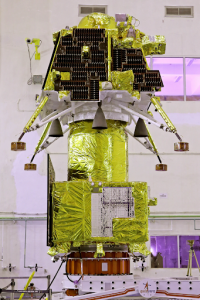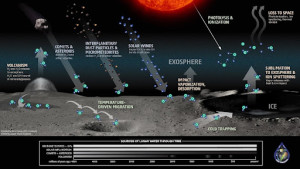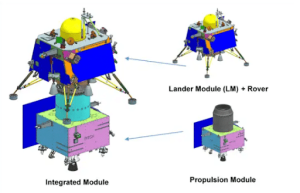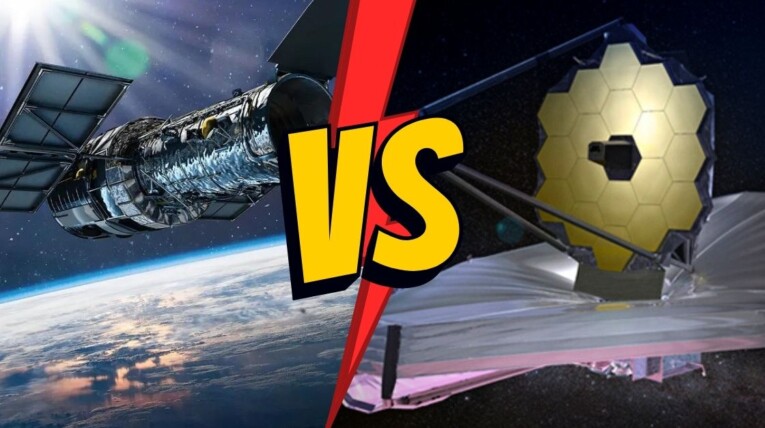ABOUT CHANDRAYAAN MISSIONS
Chandrayaan I
Chandrayaan I was one of the most remarkable moments for our nation with India attaining one of the most successful lunar landings. The main aim of the Chandrayaan I was to land a rover on the moon, thus getting an idea about the lunar surface and landing using an Indian-made launch vehicle.
Chandrayaan I had a landing on 14th Nov 2008, and from there it started implementing the objectives where it eventually sent the signal to the mother satellite and it beamed the signal back to Earth. The important result it obtained was about the detection of water from the lunar soil.
Unfortunately, Chandrayaan I had some technical issues due to which it operated for around 317 days, but came up with amazing breakthroughs!!!

Chandrayaan II
After the success of Chandrayaan I, they initiated a suggestion for Chandrayaan II, intending to send it to the extreme south poles, where no one has tried. The launch took place on 22nd July 2019 and it was supposed to be landed on 20th August 2019.
Chandrayaan II’s main aim was to search for lunar water in the extreme south poles, but unfortunately, it crashed into a crater, which led to a disturbance of the Vikram’’s connection thus failing the mission by a very minute accident.
Chandrayaan III
Finally, after the unsuccessful land of Chandrayaan II, Chandrayaan III was proposed and it was launched on 14 July 2023, with the same aim of detecting lunar water. The mission is supposed to be completed by 23rd August 2023. If India successfully lands at the extreme south poles, it will be the first nation to do so.
Further, Chandrayaan IV, Chandrayaan V, and Chandrayaan VI have been proposed for further research on taking lunar samples and studying them.

WHY CHANDRAYAAN 3?
The main aim of the Chandrayaan III is to detect water in lunar soil and then utilize the results to satisfy the theories of water abundance on the moon and how it’s helpful to humans. Now let’s see some information about lunar water and other scientific explorations to be conducted by ISRO through Chandrayaan III.
Lunar water is the water that is present in the moon. It is observed that the abundance of water on the moon is significantly high at extreme poles in the form of ice. Also, there are some predictions regarding the presence of water in the lunar atmosphere. Many researchers made out to find the presence of water on the moon at various places.

It was found that free water existence is much lower on the moon as they are bonded with hydroxyl groups forming hydroxides and hydrates. It is predicted that the presence of water is due to constant collisions of comets and asteroids or the in situ process of protons of the solar wind.
Chandrayaan I along with NASA’s M3 made much remarkable evidence of water presence on the moon, Chandrayaan I even predicted 40 such dark regions on the north pole for the possibility of 600 metric tons of water as ice. Chandrayaan 3’s main aim is to search for lunar water at the south pole, one of the darkest places on the moon, apart from that there are other objectives to look out for.

There are some instruments implemented to do various scientific observations on the moon. RAMBHA (Radio Anatomy of Moon Bound Hypersensitive Ionosphere and Atmosphere), to calculate the near-surface plasma density over time. Near-surface plasma is nothing but charged ions or particles trapped on the lunar surface due to solar winds, photoelectric sheath, etc… this probe will be making in-situ observations on near-surface plasma at the south pole of the moon.
The next one is the Instrument for Lunar Seismic Activity (ILSA), mainly to study the seismic activities on the moon to understand the nature of the surface and land on the moon. They are known as moonquakes and will be mainly studied at the landing site.
The Alpha Particle X-ray spectrometer (APXS), takes into account something called X-ray fluorescence spectroscopy, where they will radiate the surface of the landing site with either X-rays or alpha particles or both. They are going to use Curuim 244 to radiate the surface. After radiating they are expected to study rocks and minerals along with getting the spectral patterns to identify elements like Sodium, Magnesium, Aluminium, Silica, Calcium, Titanium, and Iron.
The Spectro-polarimetry of Habitable Planet Earth (SHAPE), where we use a spectro-polarimeter (combination of polarizer and spectrometer) which is often used in astronomy to study various kinds of stuff like a magnetic field, types of chemical components from a distant celestial body and interpret its properties. Here, it’s used for Earth in near-infrared wavelength to study the Earth’s atmosphere, so that we get an idea to search for extrasolar planets like Earth.
With all of these and other few probes, India is on the verge of exploring new scientific phenomena over the moon, and on 23rd August 2023, we hope to see our Chandrayaan III land successfully and later on, make amazing explorations with doors to new lunar science research.



